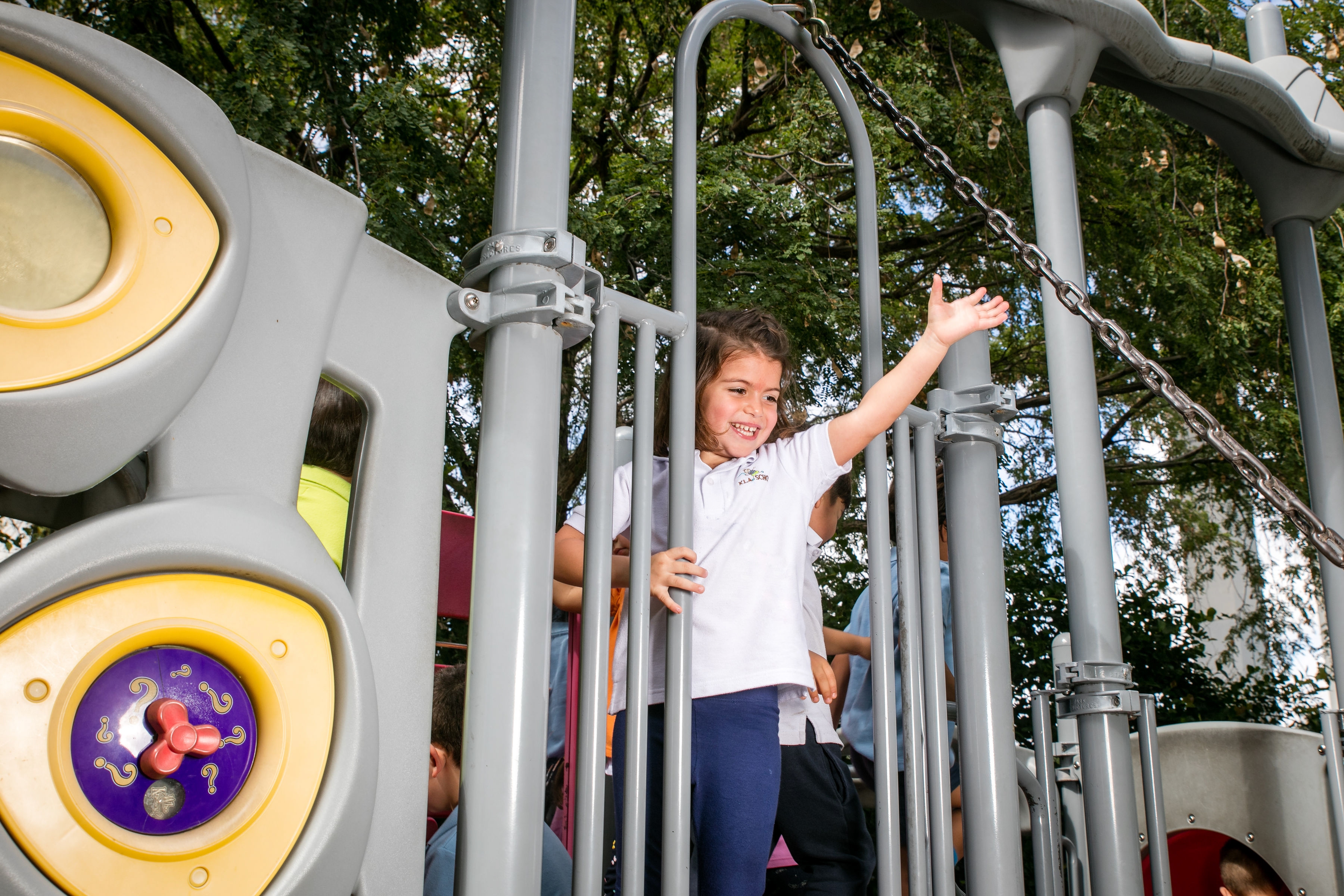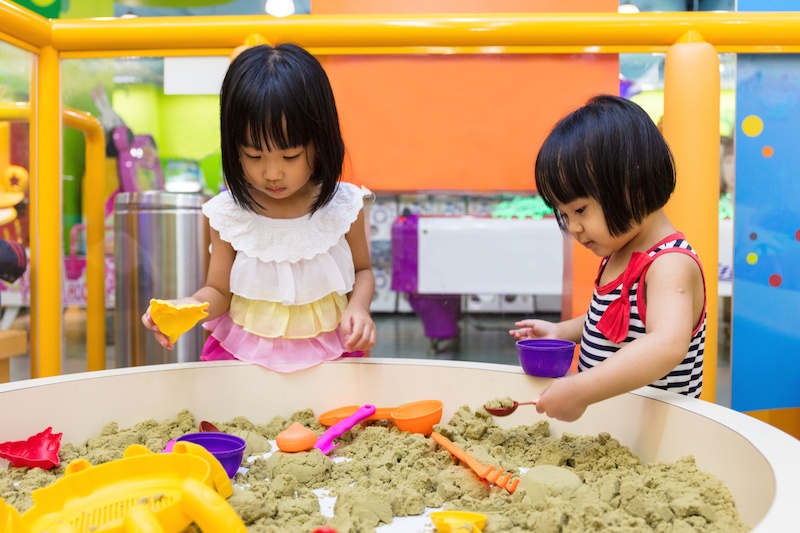What is a Sensory Table?
Topics: Reggio at Home
Age Range: Preschool
Children rely on their senses to discover and experience their world. While they may not be able to verbally communicate and investigate the way adults do, they can use their senses to gather information, and explore answers to questions they may have.
To this end, many Aventura preschool and childcare centers provide sensory tables to give children the hands-on experiences they use to help them learn.
A sensory table is typically a low table that holds one or more containers, which can then be filled with items. A tub can also be used, though a table can be more secure and comfortable for the child to use.
Typically, a sensory table is filled with mediums such as sand, water, and dried pasta; and materials such as buttons, scoops, and sponges. By interacting with all of the elements in a sensory table, the child can investigate different textures, weights, colors, and behaviors of objects. They may discover what happens to sand when it gets wet, understand that a small scoop holds fewer buttons than a large one, or learn that a sponge works by soaking up liquids.
Ideas for a sensory table
A good sensory table doesn’t need to be overly elaborate. Here are five suggestions for creating your own sensory experience at home:
- Miniature beach world – Your child can create a beach-inspired sensory experience with shells, water, sand, glass beads, and wood.
- Construction zone – Put existing construction toys to good use loading, lifting, and stacking rocks in different colors and sizes.
- Rainbow rice – Creating colored rice is easy, and children will love scooping, pouring, and mixing the colors together.
- Garden sensory bin – No matter the time of year, your child can learn about gardening with flowers, soil, rocks, shovels, and pots.
- Edible zoo – Children can design their own zoo, all with edible materials.
For seasonal inspiration, consider exploring Spring-Themed Sensory Bin Ideas that incorporate fresh flowers, grass seeds, pastel-colored materials, and nature elements that celebrate the renewal and growth of springtime. These seasonal bins can help children connect with the changing world around them while engaging their senses.
When planning your own sensory table at home, ensure that all mediums and materials are safe and won’t present a choking hazard. Playing with your children is a great way to not only keep them safe, but to also encourage them to investigate and explore.
A sensory table is a great way for children to learn how to independently explore the world around them, problem-solve, develop creativity, and refine conversational skills. Try making a sensory table for your child today and you’ll soon discover that the possibilities for learning are endless.

